Two cities that once thrived along the Silk Road have been discovered using cutting-edge drone mapping technology LiDAR.
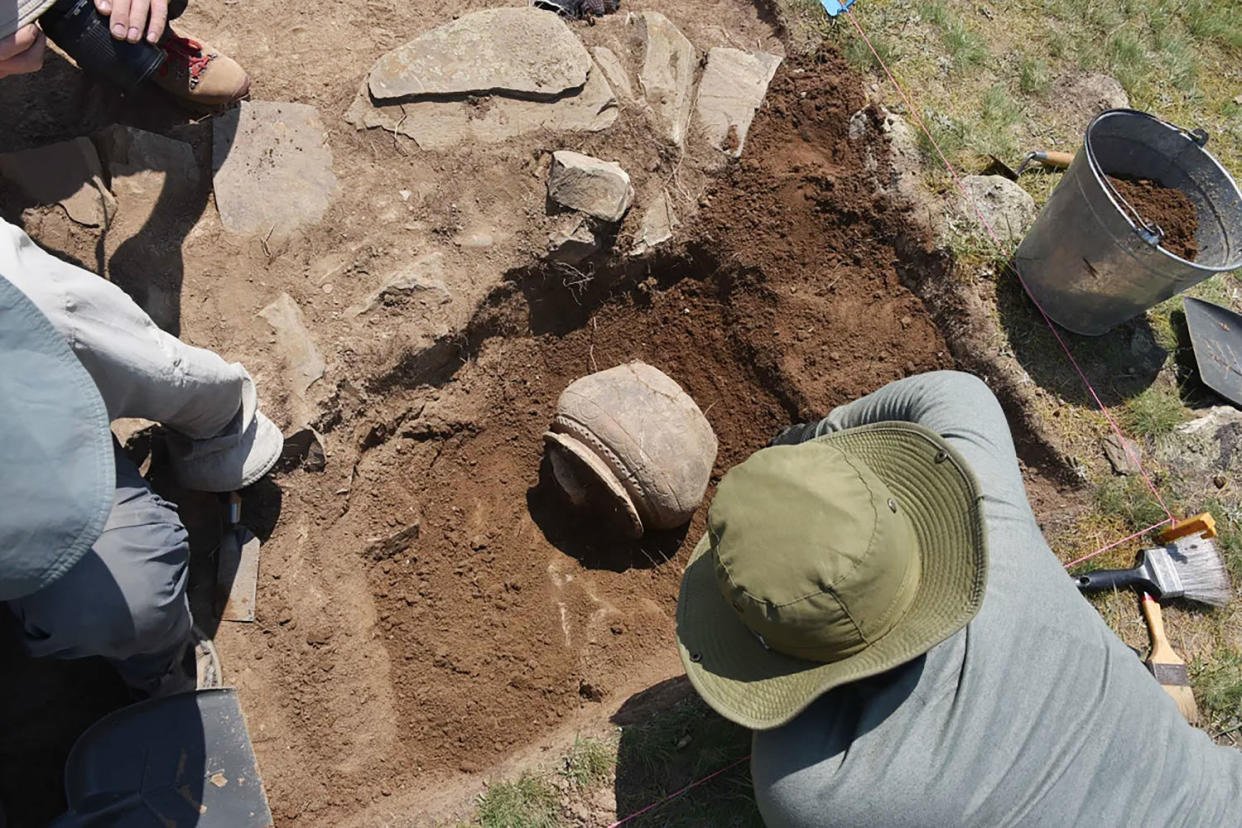
Researchers discover medieval pottery at the Tugunbulak site in present-day Uzbekistan - Photo: NBC News
Once a route traveled by merchants, these abandoned cities lay hidden beneath the Central Asian mountains for centuries.
Two Lost Cities Were Once Bustling Urban Areas
A new study published on October 31 in the journal Nature has revealed two settlements in southeastern Uzbekistan that once lay along a key junction of silk routes.
This groundbreaking discovery could transform our understanding of the Silk Road, a vast network of trade routes stretching from China to the Mediterranean.
On conventional maps, trade routes spanning the Eurasian continent are thought to avoid the Central Asian mountain ranges. But this new research shows that the Silk Road network was much more extensive than previously thought.
Using state-of-the-art drone mapping technology called LiDAR - light detection and ranging - the team of archaeologists discovered that the two cities of Tashbulak and Tugunbulak were once bustling urban centers despite their isolation and altitude.
The research team was led by Michael Frachetti, professor of anthropology at Washington University in St. Louis, along with Farhod Maksudov, director of Uzbekistan's National Archaeological Center.
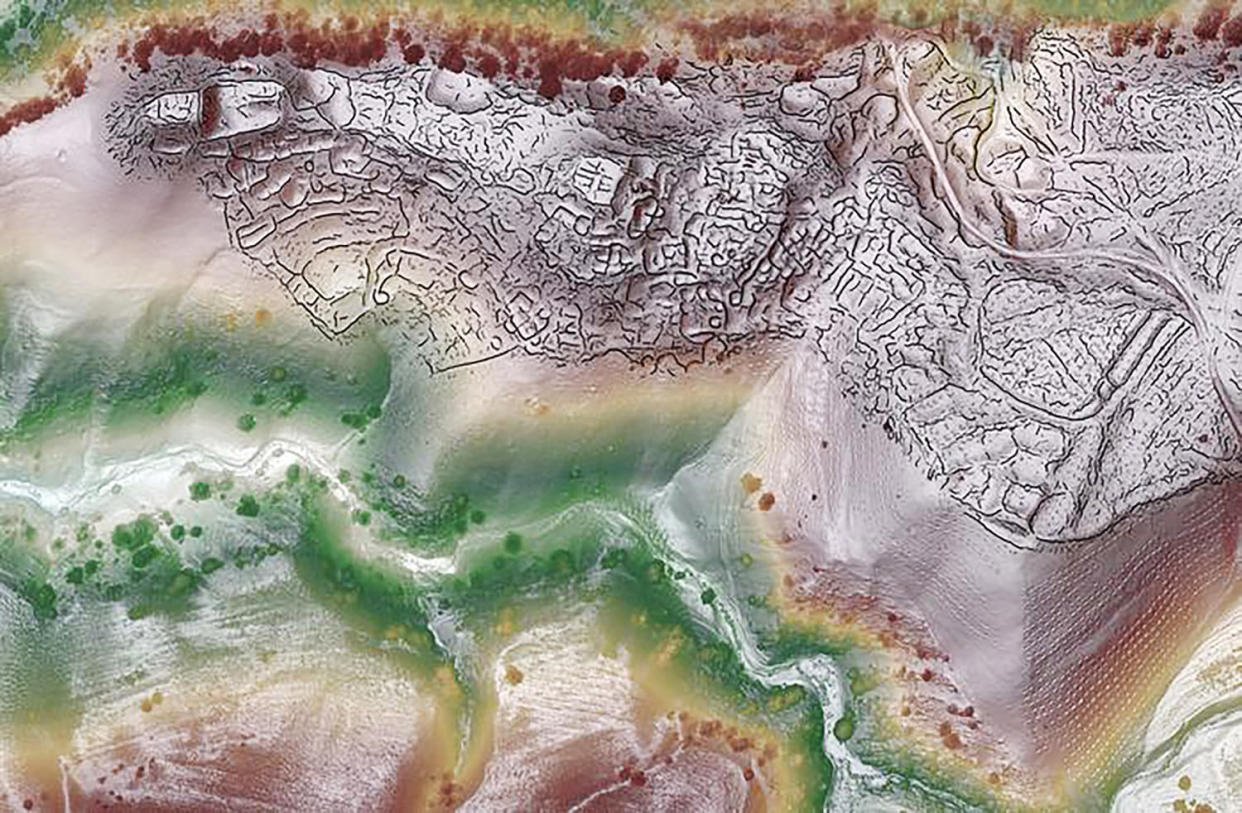
A panoramic view of Tugunbulak using LiDAR technology - Photo: NBC News
Frachetti's team began archaeological work at Tashbulak in 2011, and research at Tugunbulak began in 2018. However, the project had to be paused due to travel restrictions during the pandemic.
Over time, technological advances have revolutionized the exploration and mapping of urban centers in areas that are difficult to access due to obstacles such as dense vegetation.
Thanks to this new drone-based remote sensing system, the team captured images revealing two large urban areas with watchtowers, forts, complex buildings and plazas.
Frachetti and his team were not expecting the technology to reveal so much detail. "We were quite surprised when the images were stitched together, because the high resolution revealed so much about the structure of the cities in such detail," Frachetti told NBC News.
Breakthrough research
Although many large urban centers have been discovered in Central Asia, most of the archaeologically recorded cities are located in riverine lowlands.
Tugunbulak and Tashbulak are about 5km apart and lie at an altitude of about 2,100m above sea level. Large urban centres above 1,800m are extremely rare, Frachetti noted in his research paper.
Tim Williams, professor of Silk Road archaeology at University College London in the UK, stressed the importance of these findings, revealing a much more complex mountain urban landscape than previously imagined.
“This is a groundbreaking study that demonstrates how combining modern non-invasive survey methods, especially drone surveys, can dramatically improve our understanding of ancient landscapes and human adaptations,” he said in an email.
Frachetti envisions these cities as being home to diverse communities of craftsmen, merchants, herders, political elites and soldiers. “These were large settlements with probably bustling markets, like most urban areas of the time,” he said.
According to radiocarbon dating data, both cities declined rapidly in the first half of the 11th century, "a period of political division between dominant powers," Frachetti said.
Research shows that these two cities produced iron or steel for sale, as well as providing fuel for travelers on the Silk Road, and the area was surrounded by dense cypress forests.
It is likely that the people there overexploited the nearby forest resources to the point where they were no longer economically sustainable, leading to abandonment.
“We think there are many reasons why these settlements declined, and hopefully ongoing archaeological excavations will provide clearer answers in the coming years,” Frachetti said.
Source: https://tuoitre.vn/hai-thanh-pho-mat-tich-hang-the-ky-lo-dien-duoi-cong-nghe-moi-20241031215747981.htm















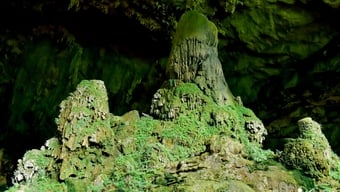












![[Photo] Gia Lai provincial leaders offer flowers at Uncle Ho's Monument with the ethnic groups of the Central Highlands](https://vphoto.vietnam.vn/thumb/1200x675/vietnam/resource/IMAGE/2025/7/9/196438801da24b3cb6158d0501984818)







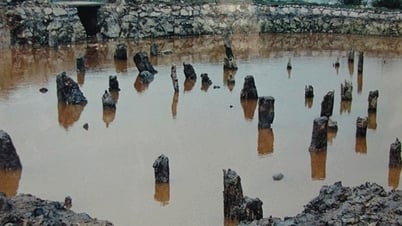

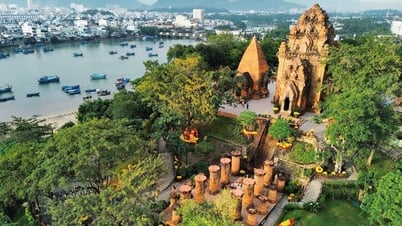









































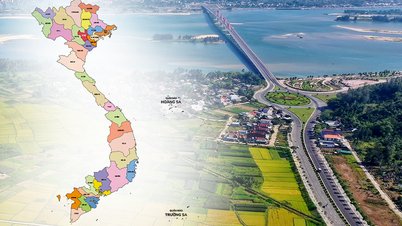


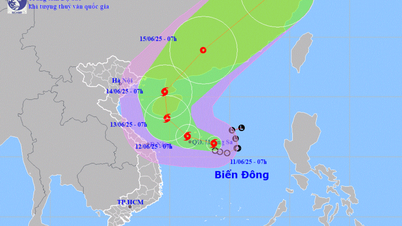

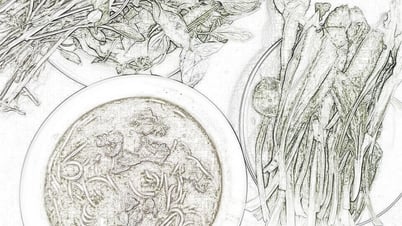

















Comment (0)